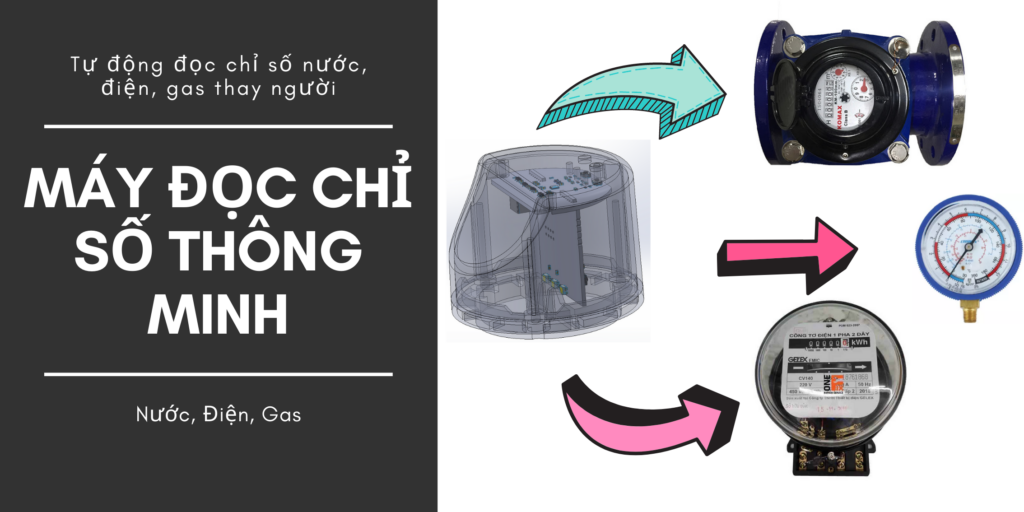Multi Meter Machine
Enhancement in disruptive technologies like Internet of Things and Artificial Intelligence have encouraged the development of smart utilities: water, electricity, gas management systems. These systems are embedded with autonomous features and high-end telematics capabilities that allow them to visualize consumption patterns and detect anomalies in the utilities distribution network.
Enters multi meter machine:
Traditional utilities meters allowed utilities to record the utilities consumed by a household or an industry and bill them accordingly. They do not offer any benefits in terms of preventive analytics or telemetry. Moreover, these meters are incapable to fulfill the sustainable development policies made to reduce utilities wastage and contamination.
Started from 2018. Blended with IoT competencies, a multi meter machine is an update of the conventional utilities meters. It measures and describes the volume of utilities used by an individual or a business and send it directly to the utilities provider. It can also measure other parameters that the traditional meters cannot, like temperature and flow of the utilities in the pipelines.
The parameters once monitored and collected are analyzed through a computational function and transmitted to a centralized platform. The multi meter machines are also capable of sharing information about its condition and performance. For example, the meter will alert the utilities if its accuracy decreases or if it stops counting.
A multi meter machine is an innovative device that measures, analyzes, and communicates utilities-related data
The use of multi meter machines is to assist utilities to measure utilities consumption, detect anomalies in the utilities distribution network, and enhance conservation efforts. Let us explore some of the benefits:
1) Reduce utilities losses:
This is due to unidentified losses in the form of utilities pipe leakages, frauds, and defective meters. A multi meter machine integrated into a home measures its utilities consumption and transmit it to the utility. By combining the data of homes in a locality it is possible to verify if the sector yield is good or not.
In other words, a utilities provider can make sure that:
Quantity of utilities consumed = Quantity of utilities delivered

Expanding capabilities:
2) Detecting inappropriate consumption of utilities:
Multi meter machines are enabling the development of smart utilities management systems. These systems when integrated with the complete utilities distribution network can detect the flow of utilities in the pipelines. This helps the provider to detect anomalies in the utilities network in terms of leaks and pipe bursts. Remote utilities flow monitoring also assists the utility to detect utilities theft and inappropriate consumption.
3) Identifying customer inefficiencies:
Utilities meters are also capable to detect end-users utilities consumption in specific locations. For example, the meter can measure the amount of utilities a person uses for bathing, washing, and general purposes. By monitoring the volume and time of utilities consumption, a smart meter can detect the inefficiencies of the user and help him to adopt responsible utilities usage habits.
Automatic utilities management systems can also be integrated to effectively manage utilities in outdoor applications. For example, automatic sprinkler system can be used in sports fields and farms to keep the grass/crops fresh with the minimum usage of utilities.
On a concluding note:
Utilities is our lifeline. There is no alternative to it. It is therefore very important for us to optimally utilize the 2% of earth’s usable utilities. Multi meter machine is a powerful tool that has enabled us to reduce utilities wastage and consume it wisely. In our fight against utilities scarcity, multi meter machines are going to help utilities to provide clean utilities to everyone. With it we can ensure that there are no more drought-affected areas and locations with utilities shortages in the world.
The use of blockchain technology in large-scale energy trading systems, peer-to-peer energy trading, project financing, supply chain tracking, and asset management among other applications. To make the energy system more intelligent, efficient, transparent, and secure in the longer term. The key issues around trading energy efficiency savings—correctly estimating the savings, data transparency among stakeholders, and inefficient administrative processes—can be solved through the application of a blockchain-based smart contract system
If you enjoy our journey
